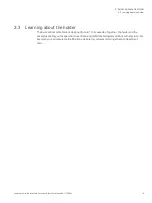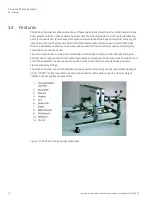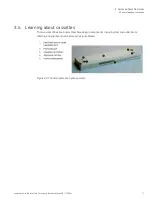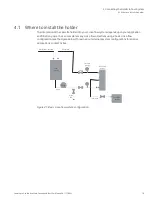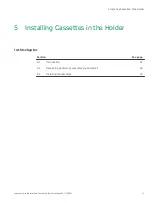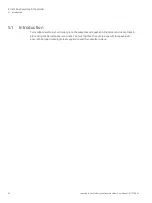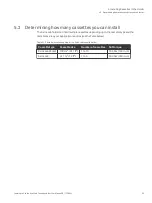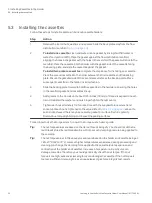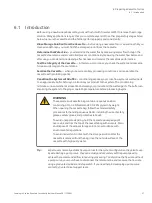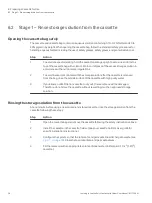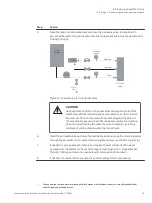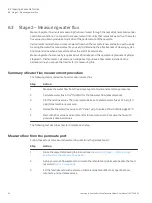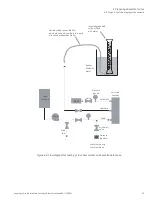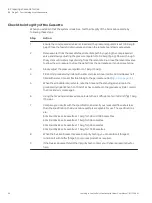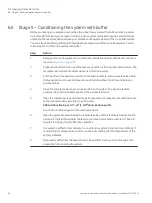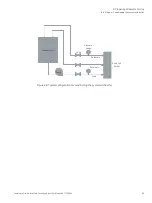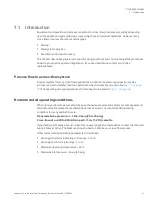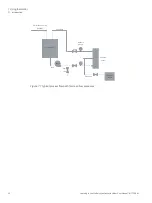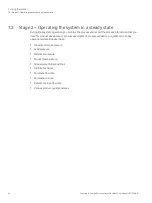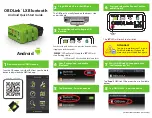
Step
Action
5
Open the feed and retentate valves and close the permeate valve. Pump about 10
percent of the water through the retentate line to waste, maintaining a feed pressure of
0.35 barg (5 psig).
Feed
reservoir
Kvick Lab
holder
Retentate
Feed
Permeate
Waste
Drain
line
Pressure
Valve
gauge
Pump
Figure 6.1: Typical setup for rinsing cassettes
CAUTION
Using tap water to flush or rinse cassettes can plug the pores of the
membrane with the relatively large particulates (rust, dirt, minerals,
bacteria, etc.) found in tap water. To prevent plugging the pores of
the cassette, always use 0.2 μm filtered water or water-for-injection
when rinsing or flushing the cassette, or when making up cleaning
solutions or adding dilution water to process fluids.
6
Open the permeate valve and close the retentate valve and pump the remaining water
through the permeate line to waste, maintaining a feed pressure of 0.35 barg (5 psig).
7
If needed for your application, sample and analyze the last volume of drain water
pumped from the system for traces of storage or cleaning solution
1
. Repeat steps 4
through 7 until you achieve the needed level of storage solution removal.
8
If needed, circulate buffer to prepare the cassette and system for processing.
1
You can analyze the rinse water using analytical techniques or with residual indicator kits readily available from
scientific equipment supply houses.
6 Preparing a Cassette for Use
6.2 Stage 1 – Rinse storage solution from the cassette
Learning to Use the Kvick Lab Cassette Holder User Manual 18117269 AI
29

